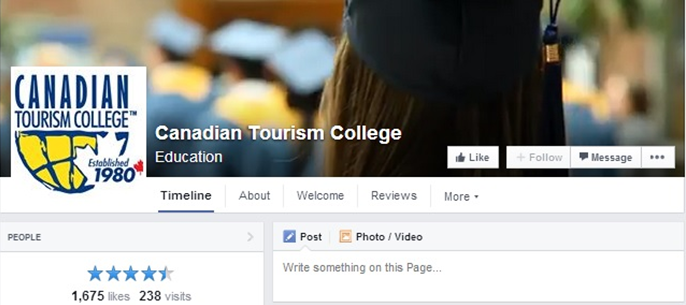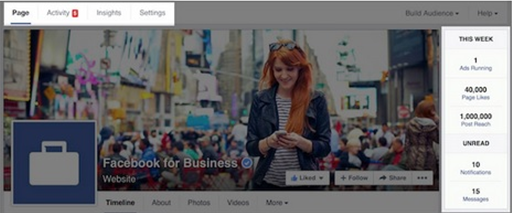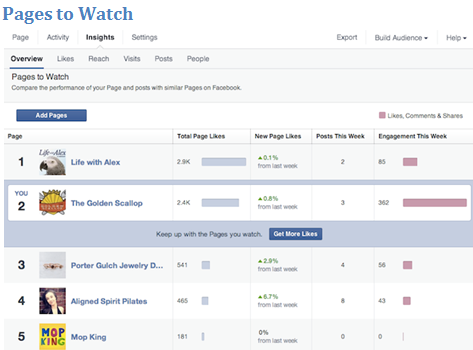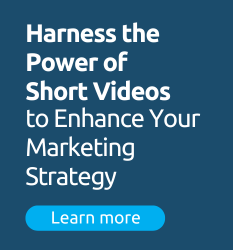Facebook is not one to rest on its laurels, which means colleges and universities have to continually be on the alert to effectively engage students with social media marketing. Recent changes to the social media juggernaut’s platform include redesigned business pages and rumours that Facebook will soon be launching a SnapChat-esque app. This news comes following its unsuccessful attempt to buy out the ephemeral picture and video sending application for $3 billion earlier in the year and the recent pulling of the plug on its Poke app. Facebook may have an uphill battle winning over SnapChat’s fans considering the backlash over its new Listen feature, which would allow it to access users’ smartphone microphones and automatically include content playing in the background in status updates. An online petition to kill the feature has already received nearly 600,000 signatures, symptomatic of declining trust in the social network and its efforts to gather user information for targeted advertising.
However, Facebook remains the social network to beat and an effective way of reaching students and prospects. Besides the recent changes to its business pages, there have also been a number of new changes to personal pages, the way Facebook deals with solicited likes and shares and the way it treats organic posts.
While these changes aren’t completely groundbreaking, it does mean that marketing your higher education institution on Facebook is going to be a little different now. There are some guidelines you’ll want to be aware of, and a few new ways to leverage your brand and attract new students.

Organic Reach Still on a Steady Decline
If you haven’t noticed yet, the organic reach that your posts receive has likely been in steady decline for many months, a trend that doesn’t appear to be abating any time soon. While some have speculated this is an elaborate ploy to force an increase on your ad spend to reach your followers, there’s more to the story than that.
What this means is that your posts will not be shown to as many followers as they have in the past, but the more engagement there is on a post, the more visible it will become. Thus, it’s not just enough to be posting, but more than ever your posts have to have a clear focus and strategy for engaging your followers. As Josh Constine’s recent article on Tech Crunch illustrates, “the number of Pages Liked by the typical Facebook user grew more than 50% last year,” and it’s getting increasingly competitive to gain attention in the limited amount of News Feed space. Publishing posts that generate likes, comments, and shares make it more likely that your visibility will improve for future posts.

So while it’s true that it’s harder to reach followers organically, it’s not true that you absolutely have to resort to boosting all of your posts monetarily – although for important posts, this can be useful. Selectively boosting posts that are important, such as announcements or contests, means that you’ll get the important and pertinent information into the hands of more people, faster. However, it’s still very possible to create engaging and top-quality posts that garner up the likes and shares you’re used to without resorting to increasing your ad spend.
Solicited Likes and Shares
Facebook has started really cracking down on “like-baiting” pages with posts that attempt to bolster the popularity of a page by asking people to like or share it. Not only will Facebook restrict that post from appearing on your users’ newsfeeds, but apparently pages that commit multiple like-baiting offenses will have their posts buried or suppressed. It seems a pretty harsh penalization considering it was once common practice for businesses to pay Facebook for ads getting people to Like their Page, but the aim is to combat spam and artificially inflated popularity on posts.
However, this presents a challenge to marketers, as it’s not exactly clear how Facebook defines a like-baiting post. While there’s no hard and fast rule, suffice it to say you’d better pay extra close attention to how your posts are worded, and how you try and engage with your followers.
When creating engaging posts, you should remember to:
– Use a call to action that doesn’t use the words “Like,” “Share” or “Comment.”
– Use a question in your post to get people commenting, instead of telling them to.
– Create engaging content that people will want to interact with, don’t just tell them to.
– Constantly test how your posts are phrased and how well they do.
– Don’t forget to log all of this information and to check your Facebook analytics regularly.
– Contrast and compare, and figure out what’s working best.
New Page Layouts
Facebook has unveiled a new, more streamlined look for Pages, changing the positioning and size of some features in the process. While the changes are mostly stylistic in nature, with the shifting of the Like, Message and Follow buttons to sit on top of the cover photo, the narrowing of the timeline and moving your apps, people to invite, photos and other information to the left-hand side, there are also some changes to be aware of.

Your admin panel is now usable at any point on the page, staying at the top as you scroll, making managing your page on the fly much easier. Having all your pertinent info on the left side means that information that was formerly buried in the About section – which was notoriously hard to locate – is now much more visible, letting your audience glean facts about your college or university like your address and phone number right on the main page.

There’s also the addition of the “This Week” bar on the right hand side, which gives you helpful statistics about how your page has been doing. Information such as likes, the number of ads running, unread messages and notifications are easily viewable now.

One of the most interesting new features of the streamlined pages is the “Pages to Watch.” For colleges and universities this is a great way to keep track of your competitors, and to compare and contrast your results with theirs. It will give you an idea of how many posts they’ve published this week, their engagement, their likes and much more. It’s a great way of seeing how you stack up to the competition, and it can really help you adjust your social media strategy to get more engagement. By seeing what others are doing and how effective those initiatives are, you can act accordingly.
Slingshot
Slingshot, as its being called internally, is Facebook’s alleged new Snapchat clone, and as we’ve previously discussed, the potential for colleges and universities to use platforms like Snapchat for student marketing are more vast than you might think. Just as with Snapchat, Slingshot would provide opportunities for universities and colleges to share more personal, student-oriented brief video messaging. It would be used predominantly for more social and entertainment purposes, to keep students engaged with the brand and give behind the scenes looks at sporting events or other university functions.
The biggest boon for marketers when it comes to Slingshot could be the ability to leverage their Facebook presence, in tandem with the ephemeral nature of the messaging app. Combining your existing pull on Facebook with snappy video distribution could mean an exciting way to promote student life or supplement posts about key events. As not much is known about this Snapchat clone, it remains to be seen whether it will prove a worthy tool or go the way of Poke.
These are just a few of the more important changes Facebook has introduced recently, and there are bound to be more to come. Facebook remains the social media network to beat for marketing higher education, and keeping up to date with its ever-evolving nature can mean the difference between effective visibility and irrelevance.

How has your school adjusted its Facebook strategy this year?





